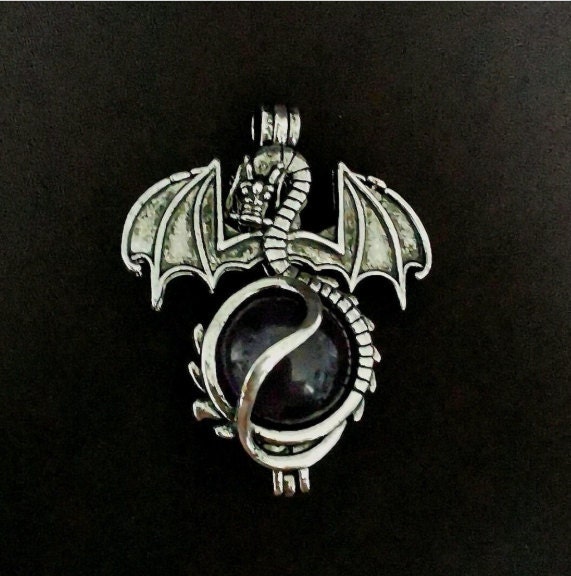Amethyst is a variety of quartz distinguished by its violet to purple color. Its coloration comes from trace amounts of iron and irradiation. This gemstone forms in geodes and cavities within volcanic rocks when silica-rich solutions cool and crystallize over time. The most notable sources of amethyst include Brazil, Uruguay, Russia, and Zambia. Each location produces amethyst with slightly different hues and characteristics due to variations in geological conditions.Historically, amethyst was as valuable as diamonds, rubies, and sapphires until the discovery of large deposits in Brazil during the 19th century, which made it more accessible. Despite this shift in market value, amethyst remains highly prized for its aesthetics and symbolic meanings.
Amethyst has long been associated with spiritual and mystical properties. The name itself derives from the Greek word amethystos, meaning “not intoxicated,” reflecting the ancient belief that the stone could prevent drunkenness. Greek and Roman aristocrats often drank from amethyst-encrusted goblets, believing it would protect them from intoxication.Beyond its connection to sobriety, amethyst has been revered as a stone of wisdom, tranquility, and protection. In medieval Europe, it was considered a symbol of royalty and worn by bishops and monarchs. The Catholic Church still incorporates amethyst in its clergy’s rings, signifying piety and devotion.Many cultures also view amethyst as a talisman against negative energy. In traditional Chinese beliefs and Feng Shui practices, it is thought to attract positive energy and calm the mind, making it an ideal stone for meditation and personal well-being.
In the realm of crystal healing, amethyst is known as a powerful stone for the mind and spirit. It is often associated with the third eye and crown chakras, which are linked to intuition, higher consciousness, and spiritual enlightenment. Many believe that placing amethyst under a pillow can promote restful sleep and ward off nightmares, while wearing it as jewelry helps reduce stress and anxiety.Amethyst is also thought to enhance mental clarity and decision-making. Some practitioners use it to support addiction recovery, given its historical ties to sobriety. While scientific evidence does not support these claims, countless individuals attest to its calming and grounding effects.
Despite its spiritual and mystical reputation, amethyst is also widely used in practical applications. The gemstone is a popular choice for jewelry, including rings, necklaces, earrings, and bracelets. Its deep purple color makes it a stunning centerpiece for various styles, from classic to contemporary designs.Amethyst is also a favored decorative stone. Large geodes and amethyst clusters are commonly used as home décor, particularly in spaces dedicated to relaxation and meditation. Some interior designers incorporate amethyst elements into luxury furniture, creating unique statement pieces.Additionally, amethyst is used in alternative medicine and holistic therapies. Many spas and wellness centers incorporate amethyst-infused water or use the stone in massage therapy to promote relaxation and balance. Whether or not these methods have scientific backing, their popularity demonstrates amethyst’s enduring appeal.
To keep amethyst looking vibrant and lustrous, proper care is essential. As a quartz variety, amethyst has a hardness of 7 on the Mohs scale, making it relatively durable but still prone to scratching. To maintain its beauty, it is best to store amethyst jewelry separately from harder gemstones such as diamonds or sapphires.Cleaning amethyst is simple: warm, soapy water and a soft brush are usually sufficient to remove dirt and oils. However, prolonged exposure to direct sunlight can cause the color to fade over time, so it’s advisable to store amethyst away from excessive light and heat.
Several renowned amethyst pieces exist in museums and royal collections worldwide. One of the most famous is the Delhi Purple Sapphire, which, despite its name, is actually an amethyst. This gemstone is notorious for being cursed, with a history of misfortune befalling its owners. Currently, it resides in the Natural History Museum in London, where it continues to intrigue visitors.The British Crown Jewels also feature amethyst, with some pieces belonging to Queen Alexandra and Queen Mary. These royal adornments further reinforce amethyst’s historical status as a stone of prestige and power.
Amethyst appears in various mythologies and legends. One well-known Greek myth tells the story of Amethystos, a maiden who was turned into a crystal by the goddess Artemis to protect her from the wrath of Dionysus, the god of wine. Dionysus, remorseful for his anger, poured wine over the crystal, giving it its characteristic purple hue. This tale further cements amethyst’s link to sobriety and divine protection.Other cultures have their own stories about amethyst. In ancient Egypt, it was used for amulets and burial jewelry, symbolizing protection in the afterlife. Native American tribes considered amethyst a sacred stone that could connect them to their ancestors and the spirit world.


